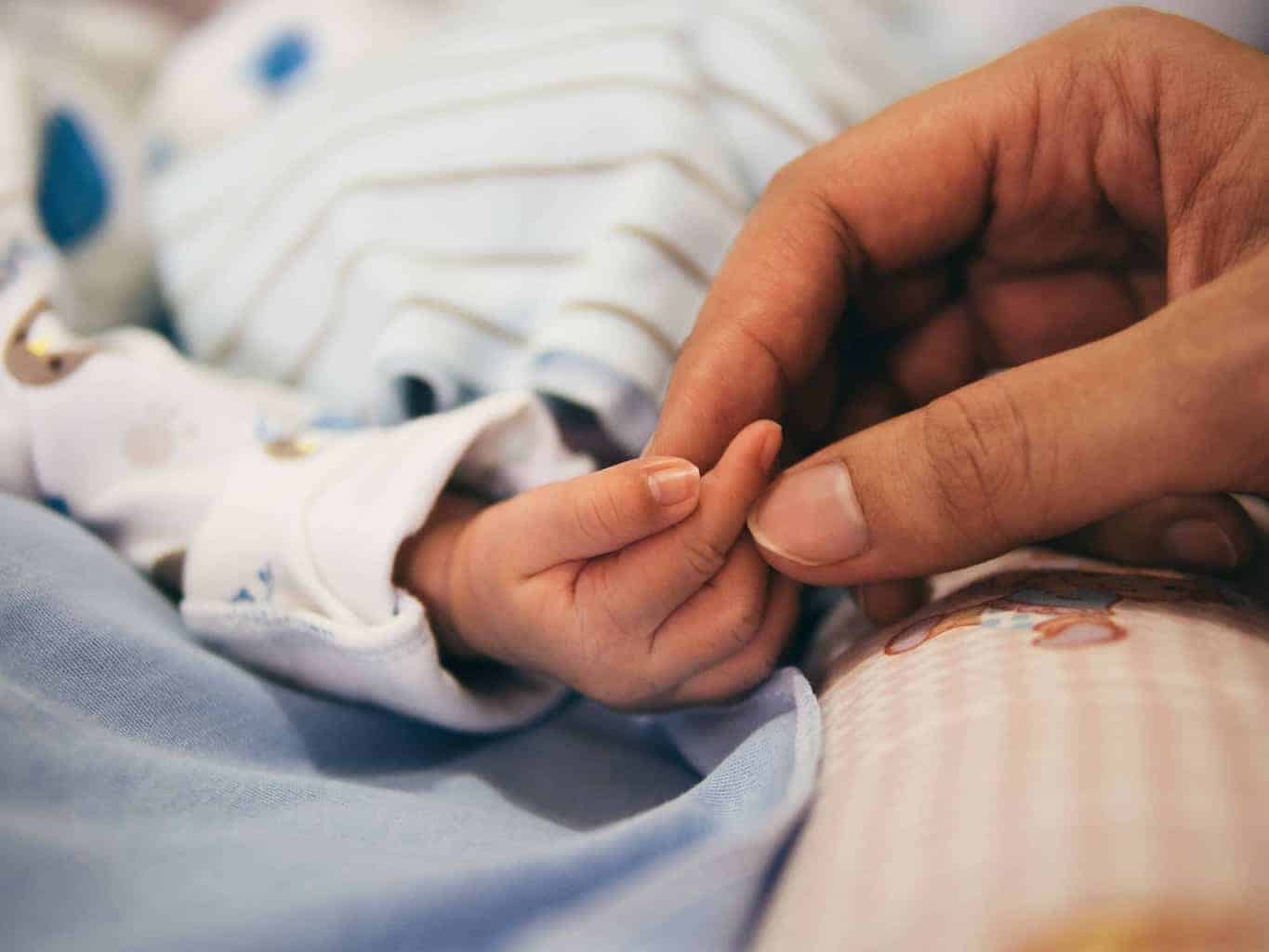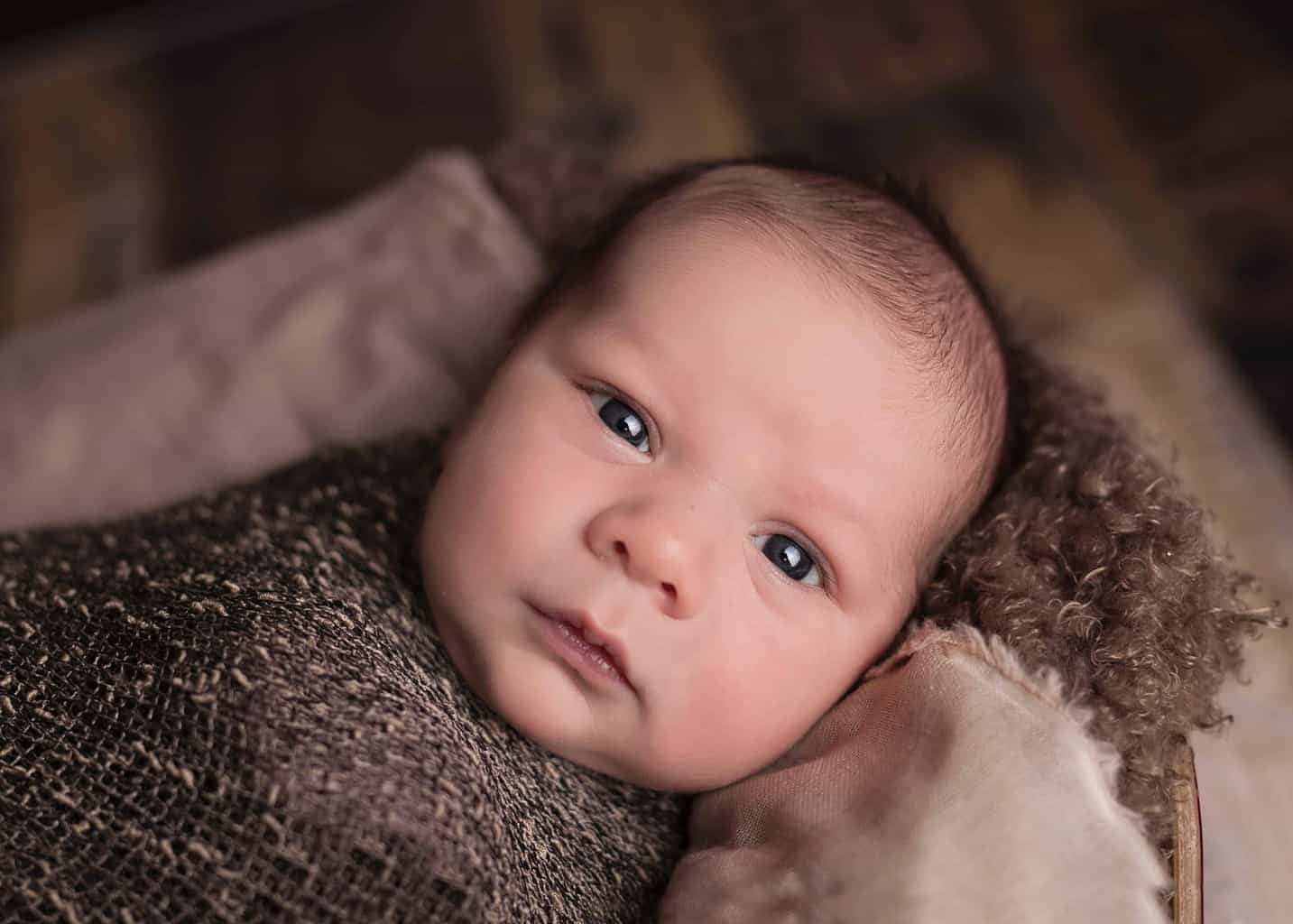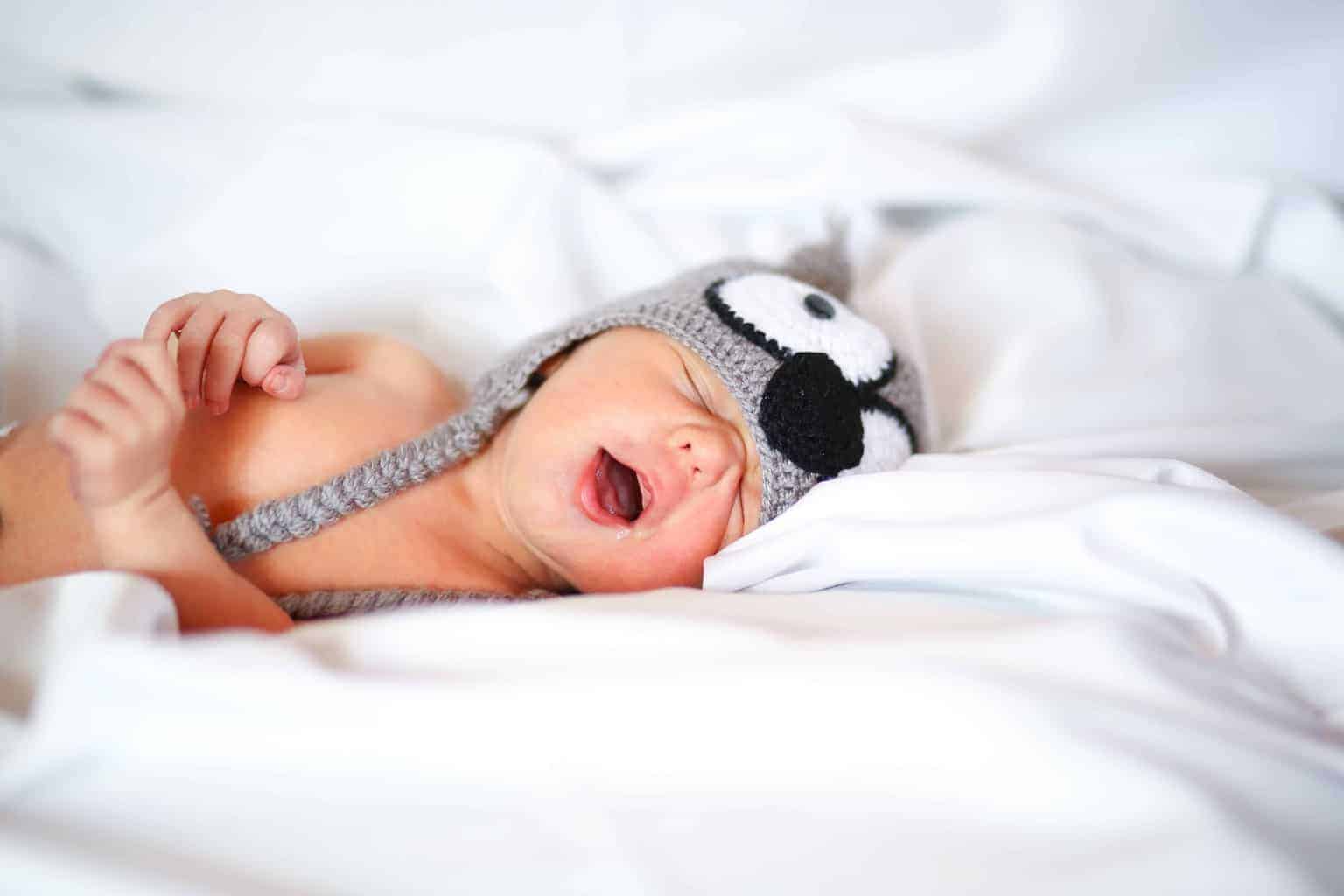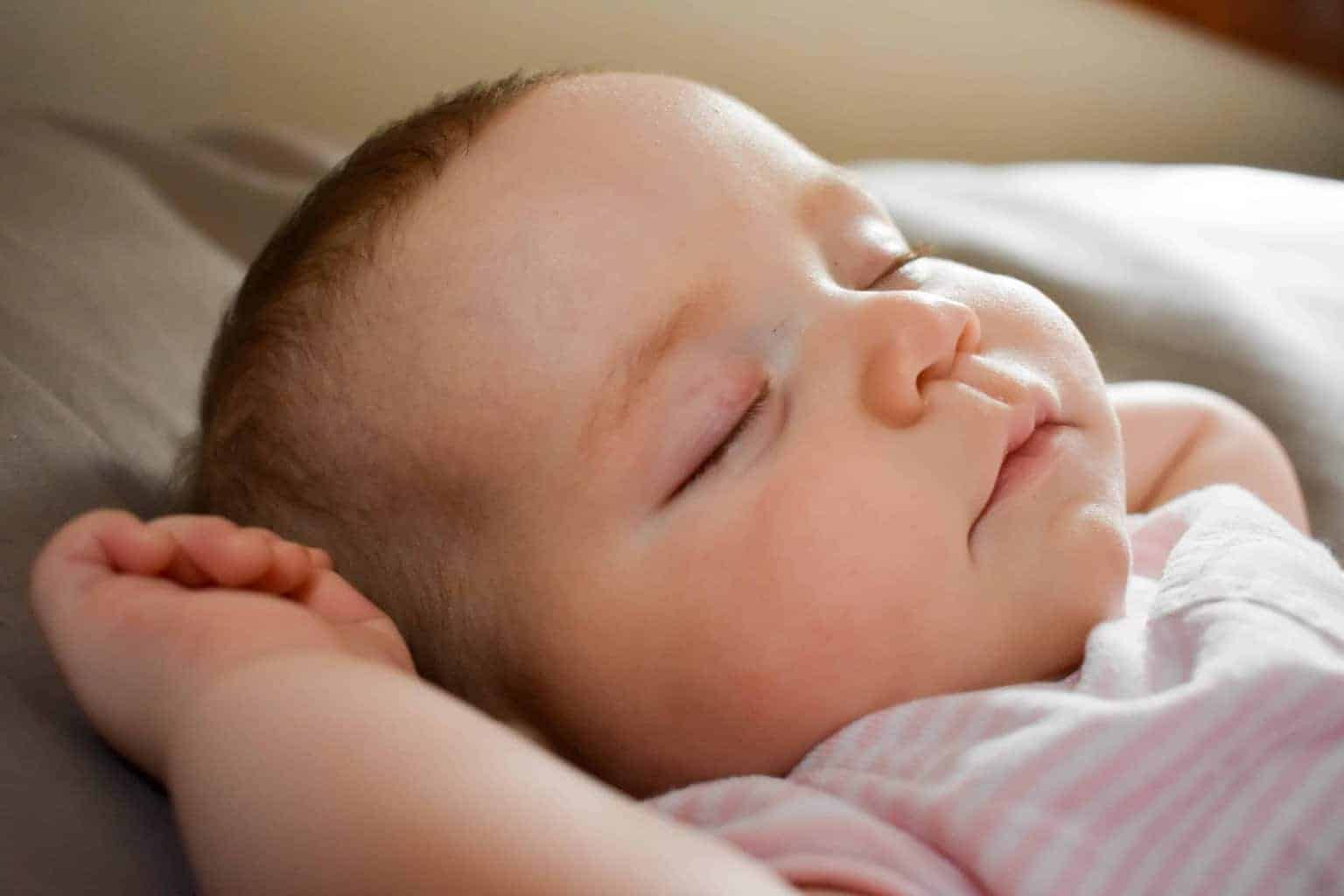Does the thought and risk of SIDS keep you up at night? Do you find yourself hovering over your baby’s mouth to check if they’re still breathing 9 trillion times a night?
Becoming a new parent is exciting, but it can also be scary. You start to worry about every little thing and access all educational materials and safe sleep practices. You worry about their growth, medical reason for jaundice, rashes, and of course, SIDS.
While there’s no 100% fool-proof way to prevent SIDS – (sudden unexpected infant death), there are some things you can do to help protect against it and other sleep-related infant deaths. From arranging an In-Home baby sleep Consultation for those who like to have clear and concise steps to follow to ensure a safe sleeping environment or tips, we have detailed them below.
These seven simple steps will help you to create a safe sleep environment and ensure safe sleep for your baby so that you too can catch some Zzz’s if room sharing.
Back to Sleep
When the “back to sleep” campaign was launched in 1992, the number of SIDS cases was reduced by over 50%. The health care provider found the safest position in the baby’s sleep area was by placing healthy babies on its back to help prevent them from burying their face into the mattress and blocking their airways.
Supervised tummy time is important during the day to help to prevent accidental suffocation also flat spots on the back of their heads. Safe sleep recommendations state that you should never place your sleeping baby on their stomach or side. You can leave them be if they roll over on their own sleep space.
Create an Empty, Separate Space
I know all the extra cuddles are hard to pass up, but your baby will be in the safest place in a portable crib, safer sleeping in their own space and not bed-sharing in an adult bed. You can keep your baby close by pushing the crib up against your bed or using a co-sleeper. This allows you to keep an eye on them and prevents the higher risk of sleep-related deaths through potential suffocation hazards, like pillows, blankets, and rolling over.
Your baby’s crib and safe sleep space should include a firm sleep surface, a flat firm mattress and a tight fitted sheet, and that’s it. To create a safe place, avoid baby’s risk by not placing soft toys, light or loose blankets, pillows, and other soft objects that could potentially restrict your baby’s airways in their crib for at least that first year of life.

Current research has shown that room-sharing can reduce the chances of SIDS, the leading cause of death, by up to 50%.
The American Academy of Pediatrics (AAP) now recommends and prevents the risk of suffocation by keeping your baby in your room in their own baby’s sleep area for at least the first six months. The first full year to the first birthday is even better. And, if you want them to stay in your room longer, that is okay! We still have our 2-year-old in our room.
During the first months of life, all the grunts, squirms, and other little noises newborns may make it difficult to sleep, but I’m sure you’ll get used to it fairly quickly if it keeps your baby safe.
Dress Your Baby Properly
Overheating and becoming overly chilled have both been linked to SIDS. Be aware of the temperature in your baby’s room and how you dress them. Continue monitoring and feeling your baby’s chest and back to ensure they’re not too hot or too cold.
As a general rule of thumb and the safest way advised by the sleep campaign, your baby should be dressed no more than one layer more than what you are comfortable wearing, and the baby’s sleep space and room temperature should be between 68 and 72 degrees.
Stop Swaddling Early

Swaddles are soothing, but it’s best to stop this bedtime routine around two months old. Most babies roll over between 2 and 4 months, and they can make their move at any moment, so keeping their hands and legs free will help prevent them from getting stuck in a position that could compromise their airways. And, of course, if they roll over any earlier than that, you’ll need to stop swaddling then.
You could also try using a one-piece sleeping bag or sleep sack instead to avoid your baby getting a light blanket over their face when they try to wiggle out of their swaddle.
Consider a Pacifier
You may want to consider letting your baby suck on a pacifier at nap time and bedtime, as pacifiers have reduced SIDS risk between 1 and 6 months.
While pacifier clips can be quite handy during the day, safety standards suggest avoiding attaching the pacifier to your baby’s clothes while sleeping. If the pacifier falls out of the baby’s mouth while sleeping, just leave it be.
Avoid Special Products
Many parents don’t realise this, but swings, car seat, bouncers, and even the ever-so-famous Rock N’ Play can put your baby at risk for suffocation when used as sleeping devices. You should never leave your baby unsupervised while using these.
It would be best to steer clear of cot bumpers, crib wedges, and other sleep positioners. And don’t bother with home-monitoring cardiovascular gadgets or cardiorespiratory monitors. They can provide peace of mind, but there is not enough evidence to prove they reduce SIDS and can cause false alarms and panicky parents.
Safe Sleep, Sweet Dreams

Bedtime can be scary for many new parents, but it doesn’t have to be. These seven simple steps will help keep your baby safer, so you can get more rest.
Just keep it simple. All your baby needs in the baby’s sleep area is a firm mattress, an empty flat surface of their own, and to be close to you.

About the Author
Jenny Silverstone is the mother of two, the writer for Studyclerk and a blogger for MomLovesBest.com where she writes about her journey through motherhood and gives tips for new parents to help keep their babies safe and healthy.



Such a lovely sleeping article. Exactly what I was looking for. You’re an angel for sharing this. Big hugs!
Kim
Ah you’re very welcome, I really hope it helps xx
Right clothing is so important! I remember our problems with sleeping after using swaddling. She seemed to love swaddling but it was not helping at all – quite the opposite I’d say. Until I’ve figured out the swaddle was too hot! I lowered the temperature and the problem was gone. Of course the best sleeping result we achieved after 4 months with sleep training. We’ve used this book: https://www.parental-love.com/shop/baby-sleep-training and it was a game changer for us! I totally recommend!
That’s useful to know. We have always turned our heating off at night so was perhaps why ours slept so well with swaddling.